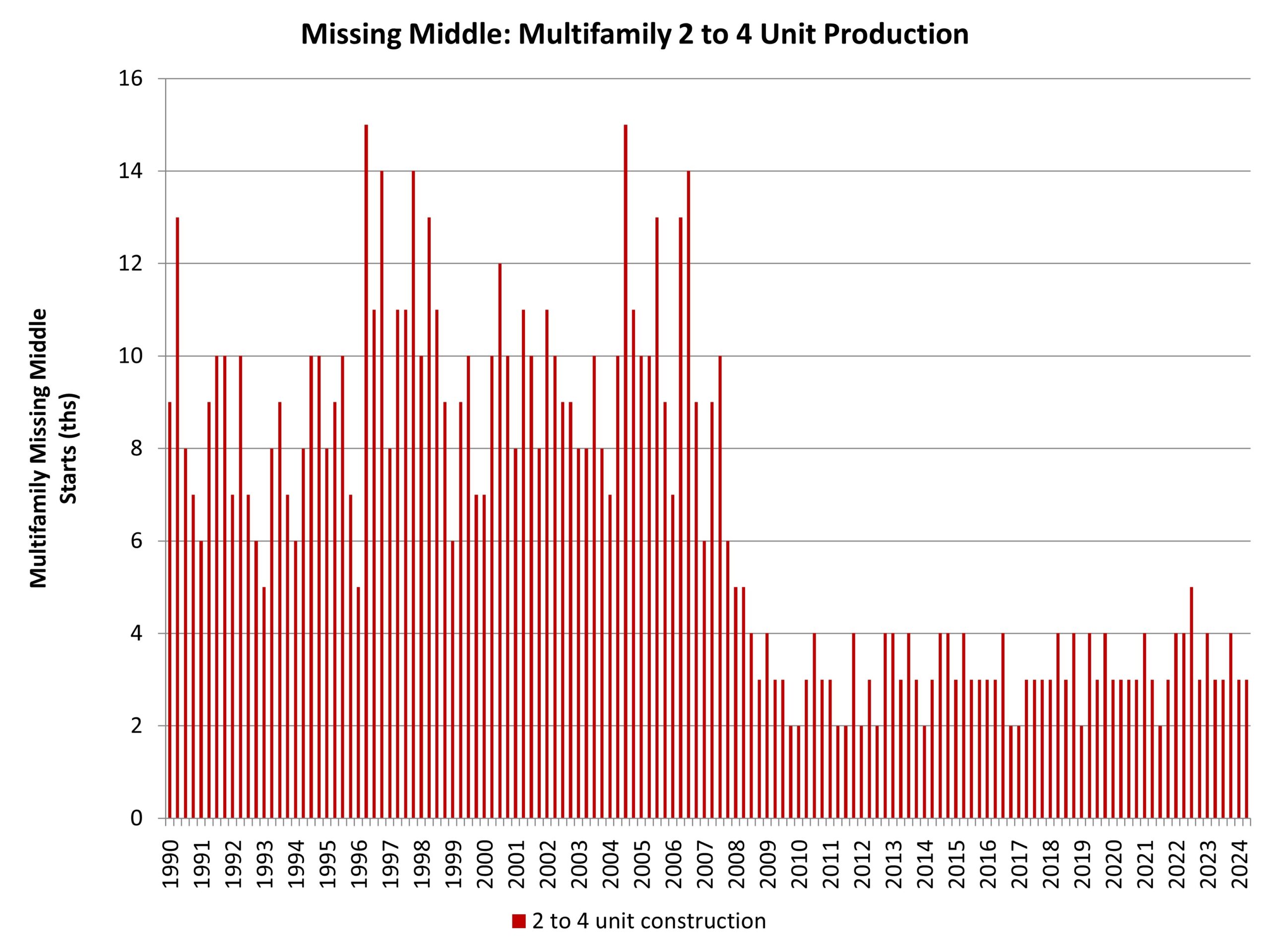
Simply put, mindfulness is the act of maintaining awareness of the present moment, without judgment. The concept may be a straightforward one, but it can be surprisingly challenging to implement. In the course of even five minutes, you may be pulled away dozens of times into thoughts about the past or the future. A mindfulness practice asks you to notice each time this happens and to gently and persistently call yourself back to the here and now. It’s worth the effort. Research suggests that mindfulness can reduce stress, boost the immune system, increase empathy and improve memory and attention, among other benefits.
If you’re not sure where to begin, this is the task I recommend starting with. Wiping down the surfaces in your kitchen is a job that probably doesn’t take more than about five minutes, but it happens regularly. Begin by setting your intention to create a clean, clear space. As you work, bring your attention to the here and now: to the way the light falls across the counter, to your breath and to the simple transformation from crumb-covered to clean and smooth.
Find a general contractor near you
Enjoying the simple process of making your bed as soon as you get up in the morning is a small, positive way to start the day. In the same way that you’re more likely to fit in a workout if you schedule it for the morning, you can feel good knowing that whatever else happens during the day, you have devoted at least a few minutes to staying in the present moment.
As you make your bed, don’t rush. Each time your mind wanders, gently bring your attention back to the texture of the sheets, the sounds around you and the simple pleasure of doing a small job well.
In The Miracle of Mindfulness, the late spiritual leader and peace activist Thich Nhat Hanh wrote: “If while washing dishes, we think only of the cup of tea that awaits us, thus hurrying to get the dishes out of the way as if they were a nuisance, then we are not ‘washing the dishes to wash the dishes.’ … While drinking the cup of tea, we will only be thinking of other things, barely aware of the cup in our hands.”
Try washing the dishes to wash the dishes — then maybe you will be inspired to drink your tea to drink your tea.
Unlike vacuuming (noisy) or scrubbing the bathroom (unpleasant), sweeping, mopping and dusting are all tasks that lend themselves well to longer periods of calm awareness. Choose cleaning tools that you enjoy using, and keep them neat and clean on hooks.
Whenever my grandfather was upset about something, he would go into the backyard and water the garden by hand. I think he was onto something.
Plants thrive on your attention in a way your floors or dishes never will. And your mindfulness with plants doesn’t have to happen outdoors — watering and tending to houseplants works just as well.
The Contemplative Garden: A Place for Quiet Reflection
Hanging laundry out to line-dry already has a meditative quality: Pick up a shirt. Fasten it with two clothespins. Reel out a bit more line. Repeat.
If you have a clothesline, use this time to simply be present in the moment, noticing the breeze riffling the clothes, the shifting light and the satisfying clip-clip of the pins.
Shop for housekeeping and laundry supplies
The repetitive nature of folding, coupled with the quiet satisfaction of seeing the tangle of clean clothes transformed into a neat pile, makes folding laundry another good choice for a meditative activity. Use your senses to enhance the experience, inhaling the scent of fresh linens and feeling the texture of the fabrics in your hands.
Tell us: Do you have a mindfulness practice at home? Share your experience in the Comments.
More on Houzz
Read more stories
Find home professionals
Shop for products
This article was originally published by a www.houzz.com . Read the Original article here. .




Here are seven common housekeeping chores that lend themselves to the practice of appreciating the present moment. After reading this list, you’ll find five tips to try as you perform each task.